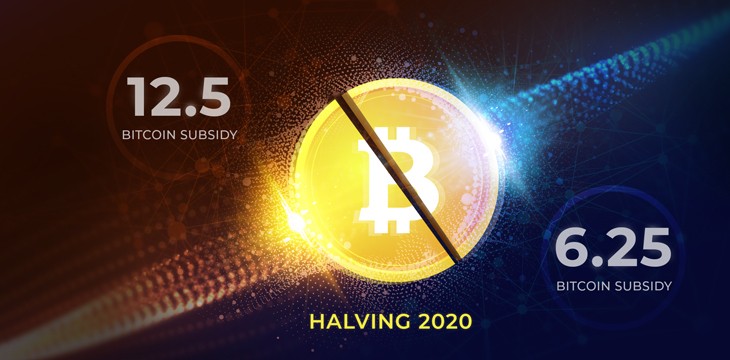3 SHORT KEY TAKEAWAYS
- Emotional investing and FOMO remain top threats in the evolving crypto space.
- Strong risk management and basic security are essential, not optional.
- Successful investors in 2025–2026 treat crypto like a long-term asset class.
Top 10 Mistakes New Crypto Investors Make in 2025–2026 — And How to Avoid Them
The crypto market has matured dramatically by 2025. With spot Bitcoin ETFs now widely accessible, Ethereum scaling improved, and regulations tightening across key jurisdictions, crypto investing has never been more mainstream — or more complex. Yet, despite increased adoption and education, new crypto investors continue to fall into the same avoidable traps.
From FOMO-driven trades to blind trust in influencers, understanding these pitfalls is critical for anyone entering the market in 2025 and beyond. Whether you’re buying your first tokens or considering DeFi, this article explores the top crypto investing mistakes beginners still make — and how to sidestep them.
1. Mistaking Crypto for a Get-Rich-Quick Scheme
Despite high-profile stories of overnight wealth, crypto is not a shortcut to riches. The market remains volatile and cyclical, with boom-and-bust patterns that punish impulsive behavior. Many new investors enter with unrealistic expectations, driven by social media hype and bull market euphoria.
In 2025, as AI-generated content and influencer campaigns blur the line between hype and information, it’s more important than ever to approach crypto with long-term strategy over short-term speculation.
2. Ignoring Risk Management
One of the most common crypto investing mistakes is betting too much, too fast. Newcomers often overexpose themselves to single tokens, meme coins, or high-leverage positions without understanding risk.
Modern trading platforms now offer more risk-control tools, but these are useless if not applied. Smart investors in 2026 use portfolio diversification, stop-loss orders, and position sizing to protect themselves from rapid drawdowns.
3. Neglecting Basic Security Practices
With self-custody and decentralized wallets becoming more popular in 2025, security lapses are a growing problem. Hacks, phishing attacks, and seed phrase losses are responsible for billions in crypto disappearing annually.
Many beginners still store their assets on centralized exchanges or screenshot their recovery phrases — a major vulnerability. Using hardware wallets, secure password managers, and enabling multi-factor authentication are non-negotiable in today’s threat landscape.
4. FOMO Buying and Panic Selling
Emotional investing is dangerous, and crypto markets are particularly good at triggering fear and greed. In 2025–2026, real-time analytics and social trading apps amplify emotional reactions, pushing users to chase pumps or dump at the bottom.
The antidote? A disciplined investment thesis. Understanding why you’re buying, not just what you’re buying, helps prevent irrational decisions during volatile swings.
5. Over-Relying on Influencers and Hype
Crypto influencers have evolved in 2025 — many now operate as full-scale media brands with token partnerships, financial incentives, or AI-generated content. But blindly trusting influencer advice remains a trap.
New investors often mistake confidence for credibility. Always verify claims, check token fundamentals, and recognize when promotional content is disguised as analysis.
6. Failing to Research the Technology
Many new investors dive into projects without understanding their purpose, roadmap, or governance. Whether it’s a Layer 2 blockchain or a GameFi token, surface-level understanding isn’t enough.
By 2026, successful crypto investing demands more technical literacy. Those who research tokenomics, real-world utility, developer activity, and community support will outperform those chasing hype.
7. Not Understanding Gas Fees and Transaction Costs
With Ethereum scaling and Layer 2 adoption accelerating, transaction costs have decreased—but they haven’t disappeared. New investors still lose money by ignoring network fees, especially when interacting with DeFi or NFTs.
In 2025–2026, understanding gas mechanics, particularly across chains like Arbitrum, Base, and zkSync, is a core part of smart investing. Using wallets that suggest optimal fee times or choosing more efficient networks can save hundreds.
8. Holding Everything on Centralized Exchanges
FTX’s 2022 collapse should have been a final warning, but centralized exchange risk remains real, even as regulation increases. Some new users still leave large balances on exchanges for convenience.
In 2025, decentralized self-custody tools are more user-friendly than ever. While centralized platforms are useful for trading, they should not be trusted for long-term storage without proof of reserves and strong regulatory compliance.
9. Not Having an Exit Strategy
Many first-time investors enter the market without a clear plan. They don’t know when they’ll take profits, reallocate, or exit a position. This often leads to missed opportunities—or worse, holding through massive declines.
As crypto becomes a more normalized asset class, seasoned investors in 2025–2026 treat it like any other financial asset, with pre-defined goals, time horizons, and rebalancing strategies.
10. Falling for Scams and Ponzi Projects
Despite increased regulation, crypto scams haven’t gone away—they’ve just evolved. In 2025, rug pulls, pump-and-dumps, and fake airdrops are often disguised under slick branding and AI-generated social proof.
New investors must stay skeptical. Always confirm smart contract audits, check developer backgrounds, and be wary of “guaranteed returns” or anonymous founders.
Looking Ahead: Smarter Crypto Investing in 2026
The crypto ecosystem is entering a new era in 2025–2026. Regulation is rising, infrastructure is maturing, and institutional adoption continues to grow. Yet the core principles of investing remain the same: do your research, manage your risk, stay rational, and secure your assets.
By avoiding these common mistakes, new investors can move from reactive to strategic — turning crypto from a gamble into a grounded investment vehicle.




